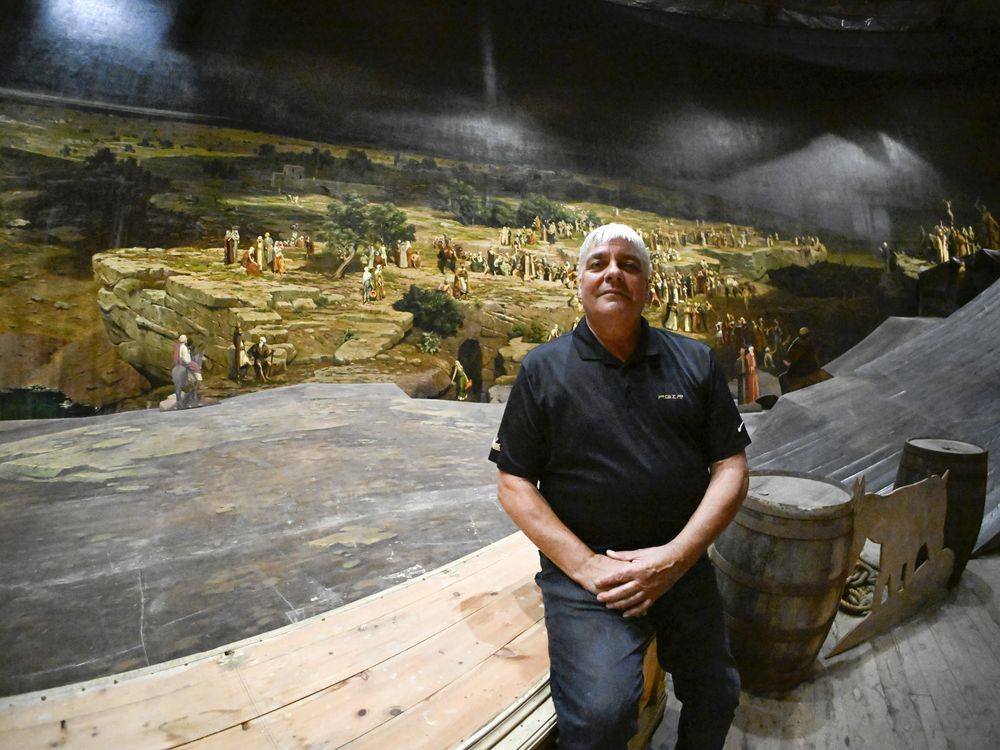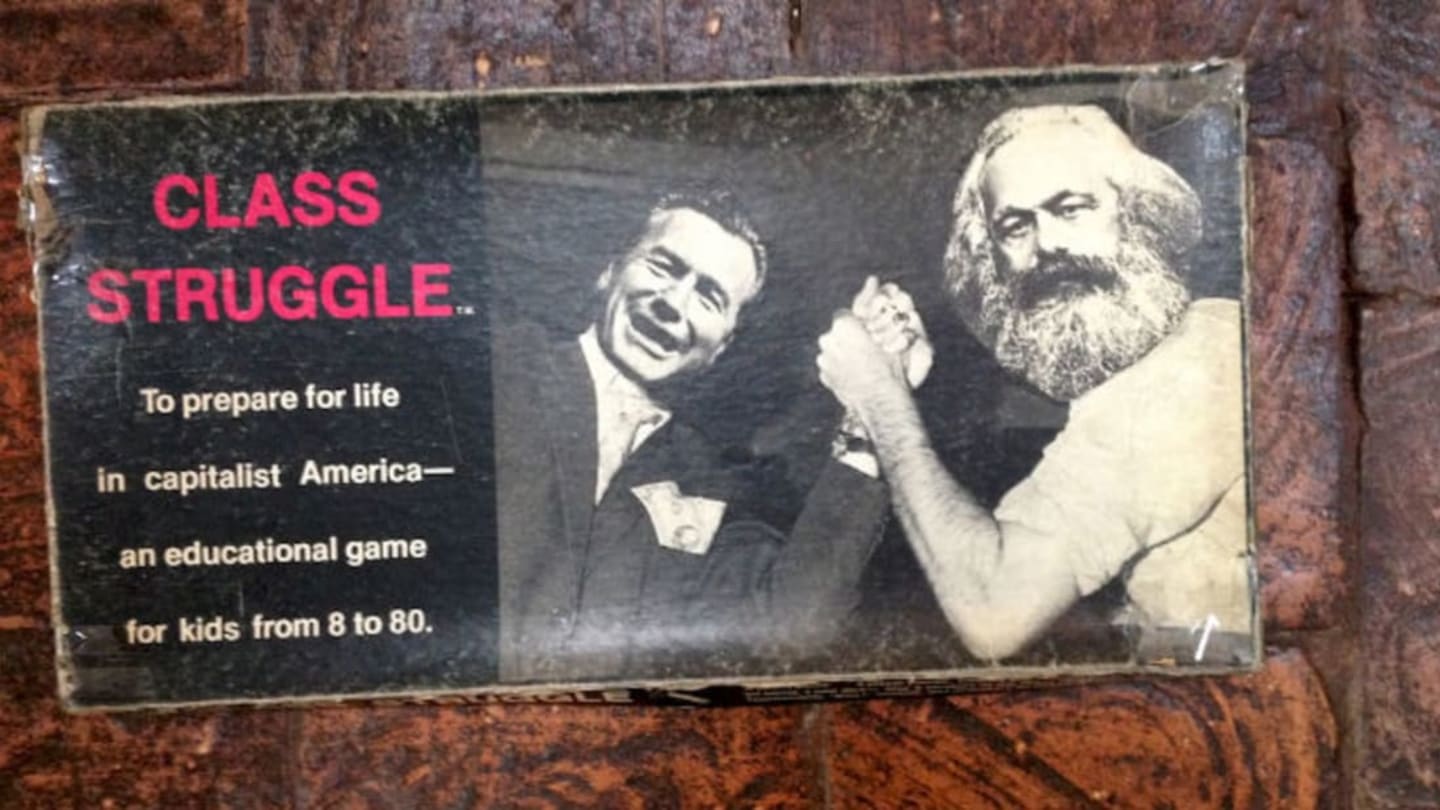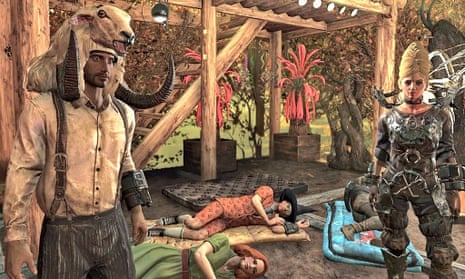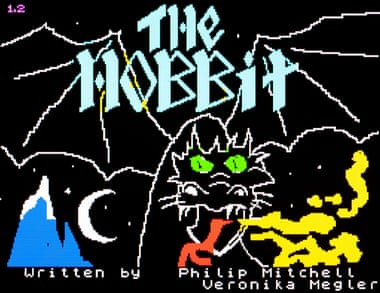How to Write Poetry Using Copilot is a short guide on how to use Microsoft Copilot to write different genres of poetry. Try it out, it is rather interesting. Here are some of the reasons they give for asking Copilot to write poetry:
- Create a thoughtful surprise. Why not surprise a loved one with a meaningful poem that will make their day?
- Add poems to cards. If you’re creating a birthday, anniversary, or Valentine’s Day card from scratch, Copilot can help you write a unique poem for the occasion.
- Create eye-catching emails. If you’re trying to add humor to a company newsletter or a marketing email that your customers will read, you can have Copilot write a fun poem to spice up your emails.
- See poetry examples. If you’re looking for examples of different types of poetry, like sonnets or haikus, you can use Copilot to give you an example of one of these poems.







